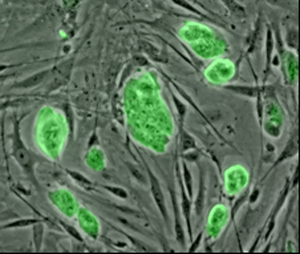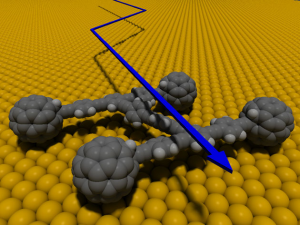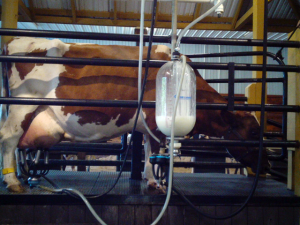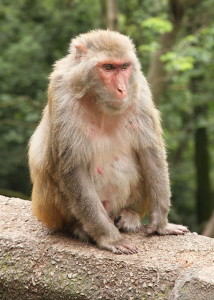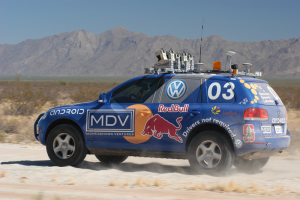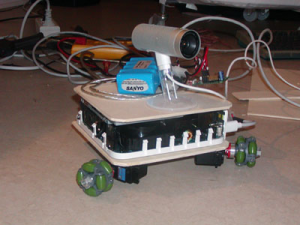
source: kulturtechnik.twoday.net
Engadget.com has a brief post today about this Mac mini robot. The developer’s site, kulturtechnik.twoday.net, is in German, but the translated page does yield some details about the project including the fact that the robot’s vision is provided by, fittingly enough, an iSight mounted on the mini’s case and that it’s AI is based on the MicroPsi agent architecture. The battery power seems to be the most recent addition to the robot and the current focus of tweaking. All in all, this is definitely a project worth following.

